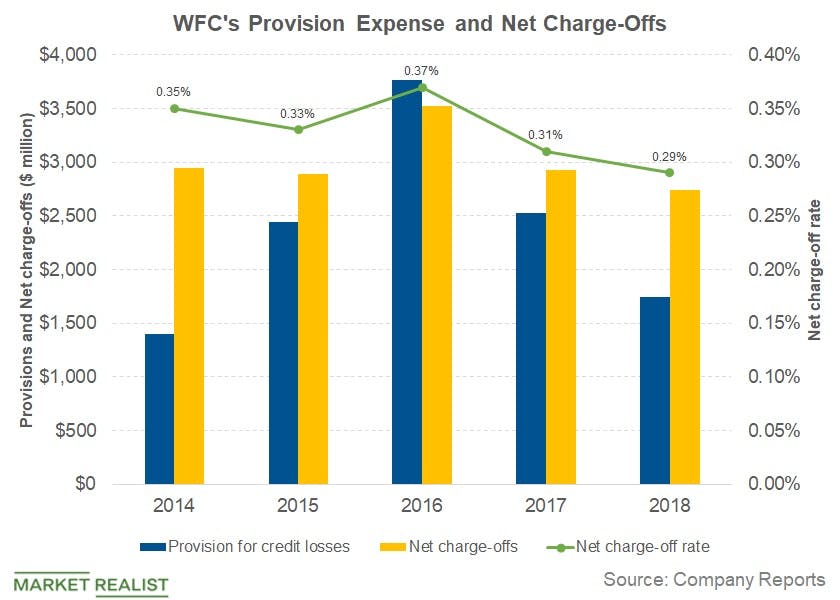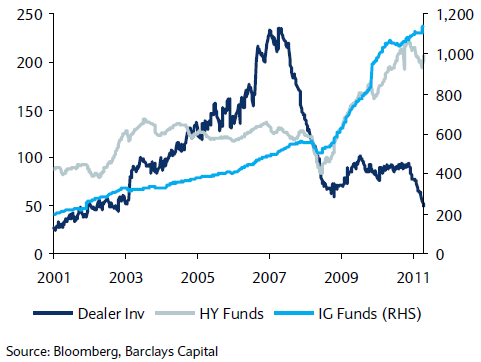Closing Entries Using Income Summary
Contents:


For example, for future gross profit, it is better to forecast COGS and revenue and subtract them from each other, rather than to forecast future gross profit directly. This income statement shows that the company brought in a total of $4.358 billion through sales, and it cost approximately $2.738 billion to achieve those sales, for a gross profit of $1.619 billion. Vertical analysis refers to the method of financial analysis where each line item is listed as a percentage of a base figure within the statement. This means line items on income statements are stated in percentages of gross sales, instead of in exact amounts of money, such as dollars. These “buckets” may be further divided into individual line items, depending on a company’s policy and the granularity of its income statement. For example, revenue is often split out by product line or company division, while expenses may be broken down into procurement costs, wages, rent, and interest paid on debt.
Depreciation expenses are reported like any other normal business expense on your income statement, but where you include it depends on the nature of the asset being depreciated. A single-step income statement, on the other hand, is a little more straightforward. It adds up your total revenue then subtracts your total expenses to get your net income. The purpose of the closing entry is to reset the temporaryaccount balancesto zero on the general ledger, the record-keeping system for a company’s financial data.
The income summary account is a temporary account into which all income statement revenue and expense accounts are transferred at the end of an accounting period. The net amount transferred into the income summary account equals the net profit or net loss that the business incurred during the period. Thus, shifting revenue out of the income statement means debiting the revenue account for the total amount of revenue recorded in the period, and crediting the income summary account. At the end of a period, the balances of all income and expense accounts are transferred to the income summary account.
What’s Included on the Income Statement
This may seem like pointless extra work, as you can transfer the data directly from the income statement to the balance sheet. Transferring revenue and expenses to the income summary creates a paper trail. That makes it much easier for auditors to later confirm that amounts in the balance sheet and elsewhere are legitimate.
- After passing these entries, the balance of all expense accounts will be zero.
- Income summaries help make budget vs. actual variance analysis simple.
- Variance analysis can provide businesses insight into their sales revenue and cost of sales.
- This is a time-consuming job and sometimes it is not possible to get data that far back for non-listed companies.
- Therefore, it is time-consuming and sometimes challenging to get the ten-year summary of the organization, which is not listed.
- In the final netted value column, whether a debit or credit, the amounts would then be transferred to the capital account of the business, and the parallelly, the income summary would be closed out or terminated.
The first section of the statement lists, and then adds together, all the company’s sales revenues. Next, the statement lists the costs of the goods which were sold and adds together those costs. That figure is then subtracted from the total sales revenue to calculate gross profit.
We know the change in the balance includes net income and dividends. Therefore, we need to transfer the balances in revenue, expenses and dividends into Retained Earnings to update the balance. On one page, it outlines all of the company’s operating and non-operating business activities and concludes its financial performance.
Program Operations Manual System (POMS)
At the end of each accounting period, businesses prepare an income summary and an income statement. The income summary account is then canceled out and its balance is transferred to the retained earnings or capital accounts . The income summary account has a zero balance for the rest of the year. We also do this by transferring the debit to the income summary by crediting the costs account and debiting the income summary account. Following the completion of this entry, the balance of all expense accounts will be zero.
Summary: Council meeting 12 April 2023 – MidCoast Council
Summary: Council meeting 12 April 2023.
Posted: Thu, 13 Apr 2023 03:29:30 GMT [source]
The https://1investing.in/ summary, on the other hand, is a temporary account that is useful for only closing the revenue and expenses accounts and transferring the balance to retained earnings. Once the temporary accounts have all been closed and balances have been transferred to the income summary account, the income summary account balance is transferred to the capital account or retained earnings. The income summary is an intermediate account to which the balances of the revenue and expenses are transferred at the end of the accounting cycle through the closing entries. This way each temporary account can be reset and start with a zero balance in the next accounting period. The income statement and income summary have very different purposes.
Income Definition: Types, Examples, and Taxes
The details in the income statement are transferred to the income summary account where the expenses are deducted from the revenues to determine if the business made a profit or a loss. Total$40,350Total$40,350As the tables show, this business made a profit during the accounting period. As a result, the business credited its revenue account more than it debited its expenses account, leading to a credit balance. Once a company determines whether it has sustained a loss or earned a profit, the results from the final account are typically transferred into retained earnings on the balance sheet. It shows the profitability of a company over a specific period of time. The following guide shows you how to prepare a simple multi-step income statement.
- This way each accounting period starts with a zero balance in all the temporary accounts, so revenues and expenses are only recorded for current years.
- Generally, the snapshot of income and business value determined using GAAP provides a picture of business income and value that is often closer to economic reality than the results of tax accounting.
- We appreciate your patience as we work to restore QuickFacts, the Population Clock, My Tribal Area and My Congressional District.
- It is a good statement for comparing the company under analysis with its past year’s performance and among the peer companies operating in the industry.
- You debit revenue for $300,000 and credit that money to the income summary account.
The balances in the temporary accounts are retained in the income summary account until final closing entries are completed. Once all temporary accounts have been closed, the balance in the income summary account should equal the company’s net income for the year. Income summaries are temporary accounts that net all the revenue and expenses accounts to determine whether there was a credit balance or debit balance . They make it easier for businesses to transition revenues and expenses into the balance sheet.
Content of the Income Summary
The balances of the amounts transferred should match with the net income or loss for the year for the company. Even though the income summary might have a positive balance showing a profit for the year, the actual cash outflows of a company might be exceeding the cash inflows. After that, the statement then adds together nonoperating items, such as gains or losses.

If the credit balance is greater than the debit balance, the profit is indicated. On the other hand, if the debit balance is greater than the credit balance, the loss is indicated. Whatever remains in the last credit or debit balance will be transferred to the balance sheet’s retained profits or the capital account.
The business is said to make profits if the credit portion of the income summary statement is more than the debit side of the income summary statement. Similarly, the business is said to make losses if the debit portion of the income summary statement is more than the credit side of the income summary statement. All temporary accounts of revenue and expenses have to be first transferred into the temporary statement of income and summary account.
Analyze a company’s financial performance for a specific period to decide on future investments. Retained EarningsRetained Earnings are defined as the cumulative earnings earned by the company till the date after adjusting for the distribution of the dividend or the other distributions to the investors of the company. It is shown as the part of owner’s equity in the liability side of the balance sheet of the company.

You can either close these accounts straight to the retained profits account or close them to the income summary account. While not present in all income statements, EBITDA stands for Earnings before Interest, Tax, Depreciation, and Amortization. It’s frequently used in absolute comparisons, but can be used as percentages, too.
All income statement balances are eventually transferred to retained earnings. This system provides complete documentation of the development of the FY 2008 Median Family Income estimates for any area of the country selected by the user. This system provides complete documentation of the development of the FY 2009 Section 8 Median Family Income estimates for any area of the country selected by the user.
GLQ: Global Equity Fund With Abysmal Performance (NYSE:GLQ) – Seeking Alpha
GLQ: Global Equity Fund With Abysmal Performance (NYSE:GLQ).
Posted: Fri, 14 Apr 2023 07:14:45 GMT [source]
The most common debits and creditsic division is monthly , although certain companies may use a thirteen-period cycle. These periodic statements are aggregated into total values for quarterly and annual results. As a working professional, business owner, entrepreneur, or investor, knowing how to read and analyze data from an income statement—one of the most important financial documents that companies produce—is a critical skill to have.
It can, however, provide a useful audit trail by demonstrating how these aggregate amounts were carried through to retained earnings. The income statement is used for recording expenses and revenues in one sheet. Income summary, on the other hand, is for closing records of expenses and revenues for a given accounting period.
All temporary accounts are closed but permanent accounts are not closed. Detailed entries are carried out in income statement, while only closing entries are entered in income summary. Income statement is a financial statement, while income summary is a temporary account. This system provides complete documentation of the development of the FY 2007 Median Family Incomes for any area of the country selected by the user.

